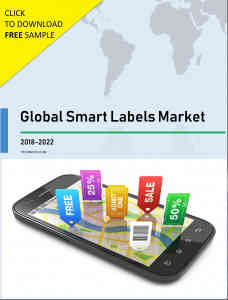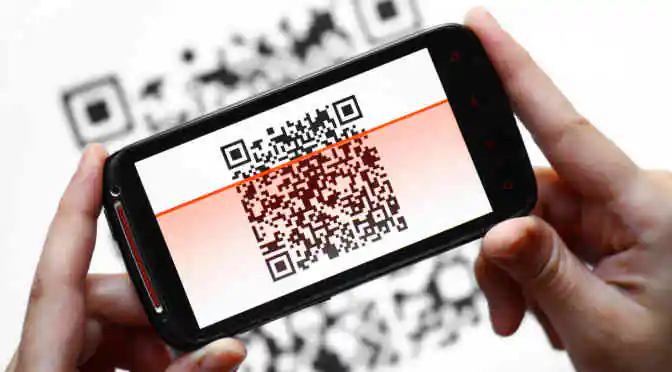The relentless pace of change that impacts the technology and retail industry is unremitting. Today’s evolving technologies can rejuvenate a marketplace in record time. Further, keeping up with current technology and customer expectations is a matter of business survival today. Consumers are becoming more engrossed in the stories of their favorite brands, thus innovations like smart labels are helping businesses connect better with their audience.
 Like most intuitive technologies, smart labels are powered by the Internet of Things (IoT) and is a step-up on the traditional barcode system. With these detection themed ‘intelligent’ labels, detailed information of the product is stored in a chip, allowing businesses and consumers to use their computers, scanners, or smartphones to pull information that determines the age and quality of the product.
Like most intuitive technologies, smart labels are powered by the Internet of Things (IoT) and is a step-up on the traditional barcode system. With these detection themed ‘intelligent’ labels, detailed information of the product is stored in a chip, allowing businesses and consumers to use their computers, scanners, or smartphones to pull information that determines the age and quality of the product.
Improving the storefront experience with smart labels
In the online age, when e-commerce is a dominant factor in retail business, retailers need to adapt to changing consumer expectations and fierce competition by embracing smart retail solutions in their brick-and-mortar outlets. Indeed, today’s consumers want smart retail stores where they are treated to a gratifying connected experience. A vast majority of these consumers want outlets where the physical products are linked to the internet ecosystem, where they can be personalized, compared and product related queries can be satiated with ready assistance.
The building blocks of smart retail stores are integration, connectivity, and big data analytics. In this context, smart electronic shelf labels can be an extremely powerful tool, particularly when they are integrated seamlessly. With mobility and IoT-enabled smart labels, retailers provide an enriched experience to customers in the store, allowing them to interact with products directly, similar to what customers experience when shopping online.
Smart labels are mainly used for location tracking. Radio frequency identification (RFID) tags allow manufacturers and retailers to track the location of a product from the time it leaves the production line and is purchased by the customer. This data, allows them to ascertain how quickly their product sells and who is buying it – vital information when it comes to product development and marketing strategies.
Smart technology for a smarter business
Smart label tracking technology and RFID help reduce manufacturing costs and, importantly, are right in line with the retailers’ expectations. Although this technology has been in use for more than a decade, it is now that retailers are increasingly embracing smart label tracking, as it has become more advanced and cost-efficient.
Walmart, an early adopter of this technology, is now expanding its use of smart label tracking. Several other big retailers have followed suit, including JCPenney, Bloomingdales, Target, Kohl’s, and Macy’s, to name a few.
The adoption of smart label technology not only ensures price integrity and enables dynamic price strategies but also brings crucial product information to the shelf edge. Further, the technology helps retailers align pricing with merchandising levers like assortment, space, promotion and availability all in one place, which adds more value. Retailers can also define rules based on in-store product availability to execute dynamic store-based decisions on price, promotion, and assortment to improve their own margins.
Bagging it up: The next five years will be crucial!
With IoT developing at a brisk pace and smart labels becoming more sophisticated, companies and customers look set to reap the benefits of a shopping experience that is quicker, easier and a lot more convenient. There are few drawbacks, of course, with regards to cybersecurity and the feasibilities around generating unique electronic codes. However, if these issues can be addressed, shopping as we know it could undergo some significant changes in the next five years.



